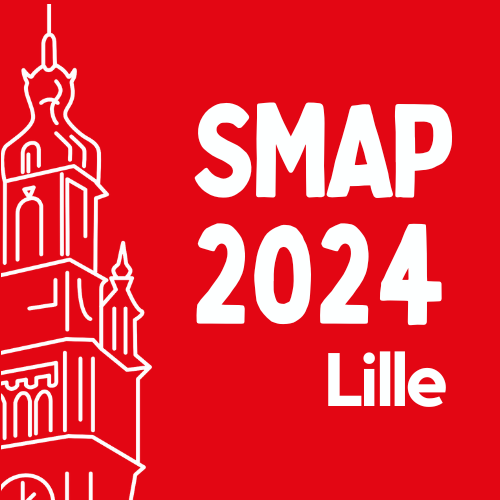
Session: Parallel session 9 - Complex mixtures - polymers - microplastics
First characterisation of the Mycobacterium tuberculosis orphan CYP135B1 identified as a new target of the antituberculosis drug SQ109
The emergence of the multidrug-resistant tuberculosis strains has generated a need for new effective antituberculosis (anti-TB) drugs and the characterisation of novel drug targets. As such, Mycobacterium tuberculosis (Mtb) P450s are considered as promising novel therapeutic targets. Therefore, we combined bioinformatic and modeling studies, biochemistry, UV-visible and EPR spectroscopy, and mass spectrometry to successfully express, purify and characterise the most prevalent Mtb P450, the orphan CYP135B1. Purified CYP135B1 displays typical spectroscopic features for members of this hemoprotein superfamily with tight binding of several imidazole derivatives with its FeIII-heme. Very interestingly, CYP135B1 metabolises the new promising anti-TB drug SQ109 on its geranyl moiety with insertion of an O-atom at positions distinct from that observed in the case of Mtb CYP124A1. Docking studies using our CYP135B1 3D-homology model suggest that these differences might be due to a different binding mode of SQ109 at the active site compared to that observed in the CYP124-SQ109 co-crystal structure (PDB code: 6T0J). These results are of great importance to decipher the SQ109 mechanism of action and understand the role of Mtb P450s.